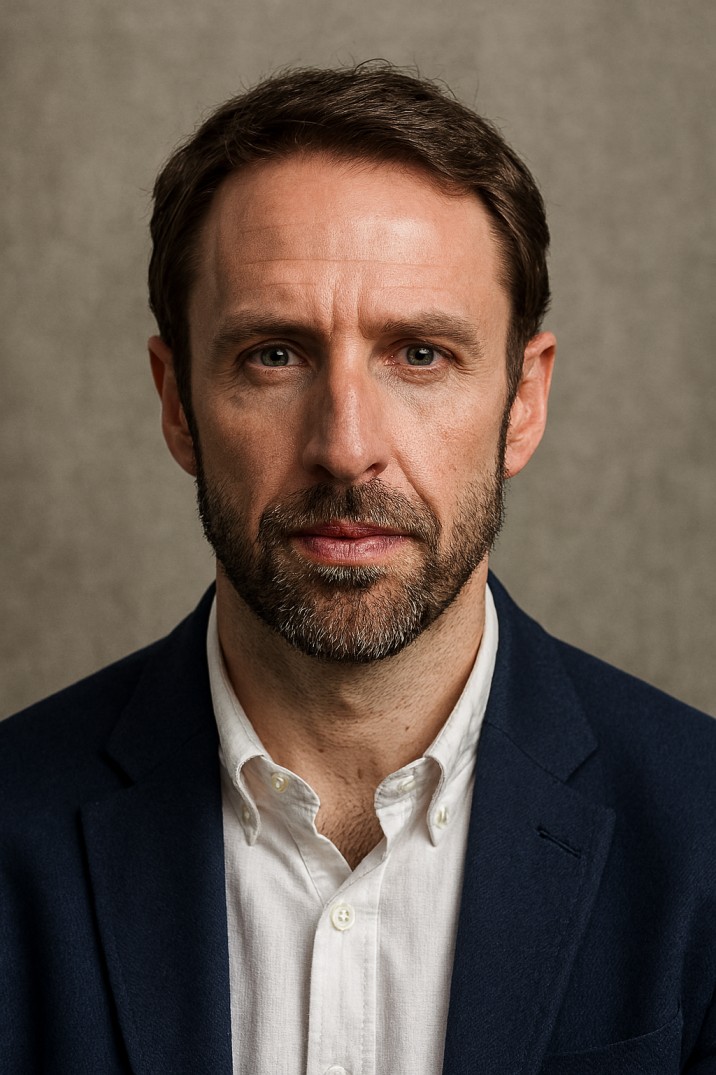Client
A media-tech company building a camera and photo-editing application for Android. Their existing solution used:
-
Bitmap manipulation
-
ColorMatrix transformations
-
CPU-bound processing
This caused lag, high latency, slow previews, and dropped frames on mid-range devices.
They needed a GPU-accelerated image processing pipeline capable of applying multiple filters in real time.
Project Overview
We rebuilt the client’s image rendering and filtering pipeline using OpenGL ES shaders, enabling:
-
Real-time filters on high-resolution images
-
Smooth live camera effects
-
Layered filters without UI slowdown
-
GPU-accelerated rendering at 30–60 FPS
The new architecture removed heavy CPU usage and shifted the workload to the device’s GPU.
Key Challenges
1. High CPU Usage
Bitmap operations, even with ColorMatrix, were too slow for:
-
1080p and 4K images
-
Multi-layer filters
-
Live preview frames
2. Low FPS in Camera Preview
Live filters caused camera preview to stutter due to CPU saturation.
3. Latency Sensitivity
Users expected instant filter preview while sliding through options.
4. Compatibility Across Devices
Performance needed to be consistent on different GPUs and Android hardware.
Our Solution
1. Implementing OpenGL ES Rendering Pipeline
We replaced all CPU-based image operations with:
-
OpenGL ES 2.0/3.0 pipeline
-
Custom shaders for filters
-
Framebuffers for multi-pass rendering
-
Texture-based operations for efficiency
Each image frame is uploaded as a texture and processed directly on GPU.
2. Developing Custom GLSL Shaders
We implemented filters using GLSL fragment shaders, including:
-
Color grading
-
Contrast and exposure adjustments
-
LUT (Lookup Table) filters
-
Blur and sharpen effects
-
Vignette, tone curve, and noise
-
Multi-pass effects (e.g., beauty smoothening)
Benefits:
-
Real-time preview
-
High-quality output
-
Low power usage on supported GPUs
3. Multi-Filter Stacking with Framebuffers
For complex filters, we used:
-
Offscreen framebuffers (FBOs)
-
Multi-pass shader pipeline
-
Render-to-texture workflows
This allowed unlimited sequential filters without degrading performance.
4. Optimizing for Live Camera Feed
We integrated:
-
SurfaceTexture / TextureView for camera frames
-
OES external textures
-
Zero-copy frame processing
-
GPU pipeline synchronized with camera thread
Result:
Smooth 30–60 FPS preview even with multiple filters applied.
5. Cross-Device Stability
We tested across:
-
Qualcomm Adreno
-
Mali GPUs
-
PowerVR
-
Mid-range and low-end devices
Included fallback logic for devices with shader limitations.
Technical Architecture (Text Diagram)
Results & Impact
Real-Time Processing
Image filters applied instantly without blocking the UI thread.
Smooth Camera Preview
Stable 30–60 FPS with multiple filters active.
Low Latency
Instant preview while switching filters or adjusting sliders.
Reduced CPU Load
Significant drop in CPU usage, enabling:
-
Longer battery life
-
Less thermal throttling
-
Better performance on mid-range devices
High-Resolution Support
Efficient rendering for 1080p, 4K, and RAW image previews.
Conclusion
By shifting all image processing from CPU-based Bitmap manipulation to OpenGL ES shader-driven rendering, we built a high-performance real-time filtering engine suitable for both photo editing and live camera apps.
The final solution provided:
-
Faster GPU image handling
-
Lower latency
-
Smooth UI interactions
-
Scalable multi-filter architecture
Ideal for professional photo apps, AR filters, and camera utilities.






